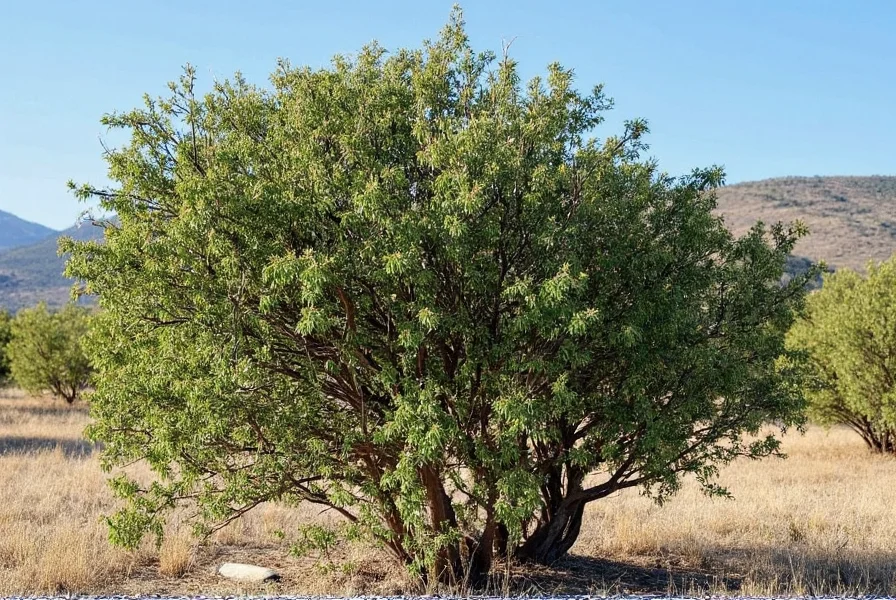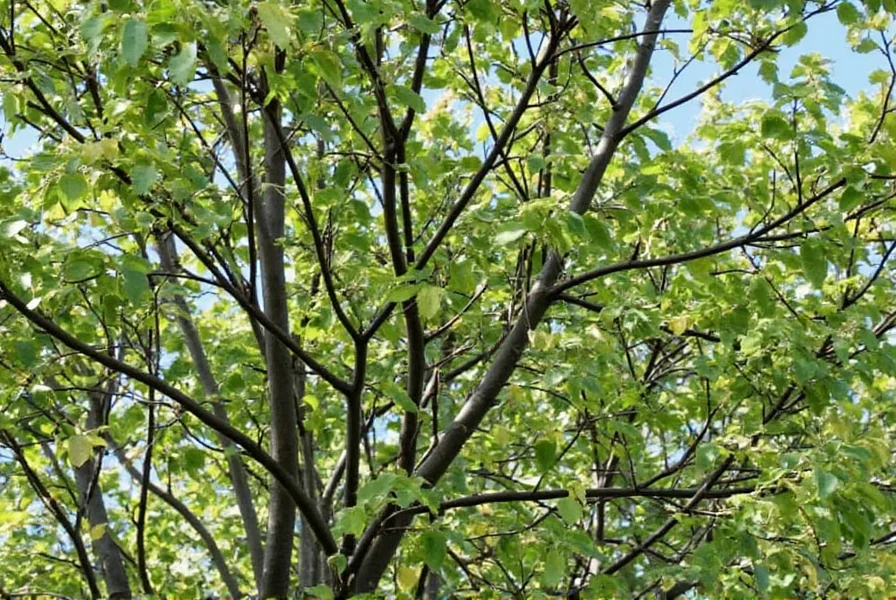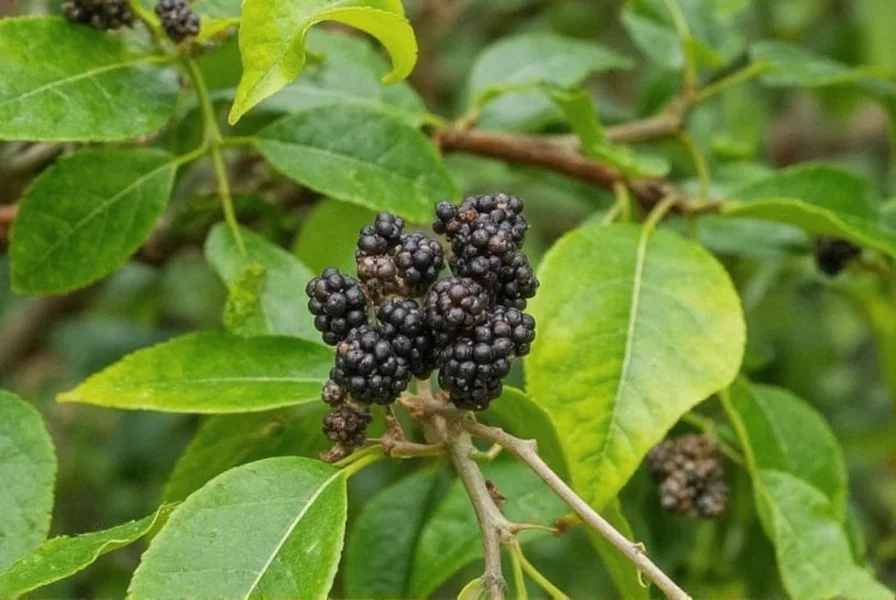Many gardeners and cooking enthusiasts search for information about the "black pepper tree" only to discover a botanical misconception. True black pepper (Piper nigrum) grows on a perennial climbing vine, not a tree. The confusion stems from several unrelated plants commonly marketed as "pepper trees" that bear no relation to the spice-producing vine.
Understanding the Black Pepper Misconception
When researching black pepper tree characteristics, it's crucial to recognize two completely different plant families:
- Piper nigrum - The true black pepper plant (Piperaceae family)
- Schinus species - Commonly called "pepper trees" (Anacardiaceae family)
The culinary black pepper we use in kitchens worldwide comes exclusively from Piper nigrum berries. What many call a "black pepper tree" is typically Schinus molle (Peruvian pepper tree) or Schinus terebinthifolius (Brazilian pepper tree), neither of which produces edible peppercorns.

True Black Pepper Plant (Piper nigrum)
Piper nigrum is a tropical vine that requires specific growing conditions:
- Native habitat: Western Ghats of South India
- Growth habit: Climbing vine reaching 10-15 feet with aerial roots
- Climate needs: USDA zones 10-12, requires high humidity and consistent warmth
- Soil preference: Well-draining, slightly acidic soil rich in organic matter
- Light requirements: Partial shade to full sun in tropical climates
The vine produces small flowers that develop into green berries. These berries become black peppercorns when cooked and dried. White peppercorns come from the same berries with the outer layer removed, while green peppercorns are unripe berries preserved in brine.
Common "Pepper Trees" (Schinus Species)
Schinus molle (Peruvian pepper tree) and Schinus terebinthifolius (Brazilian pepper tree) are frequently mistaken for black pepper producers. These are actually members of the cashew family and produce berries that resemble peppercorns but contain different compounds.
| Characteristic | True Black Pepper (Piper nigrum) | "Pepper Tree" (Schinus species) |
|---|---|---|
| Plant Type | Climbing vine | Tree (15-30 ft tall) |
| Family | Piperaceae | Anacardiaceae |
| Berry Color | Green to red to black | Pink to red |
| Culinary Use | Source of black, white, green pepper | Generally inedible; may cause reactions |
| Toxicity | Non-toxic | Potentially toxic to pets and sensitive humans |
| Native Region | South India | South America |
Growing True Black Pepper vs. "Pepper Trees"
For gardeners interested in growing black pepper plant at home, understanding these differences proves essential. Piper nigrum requires a trellis or support structure as it's a vine, while Schinus species grow as freestanding trees.
True black pepper cultivation demands:
- Consistent temperatures between 75-85°F (24-29°C)
- High humidity levels (70% or higher)
- Protection from direct afternoon sun
- Regular watering without waterlogging
- Support structure for the climbing vine
In contrast, Schinus species tolerate drier conditions and full sun, making them popular landscape trees in warm climates. However, can you eat pepper tree berries? Generally no - while some cultures use Schinus berries as a spice substitute, they contain compounds that may cause allergic reactions in sensitive individuals, particularly those with cashew or mango allergies.

Safety Considerations for Home Gardeners
Understanding the difference between black pepper plant and pepper tree carries important safety implications. Schinus berries contain schinol and other compounds that may cause:
- Skin irritation in sensitive individuals
- Gastrointestinal discomfort if consumed
- Potential toxicity to pets
True black pepper (Piper nigrum) presents no such risks and has been safely consumed for thousands of years. If you're growing plants for culinary use, positively identifying your specimen prevents accidental consumption of potentially harmful look-alikes.
Harvesting and Processing True Black Pepper
For those cultivating Piper nigrum, proper harvesting techniques determine pepper quality:
- Harvest berries when they turn from green to yellow-red
- Spread berries in thin layers for sun-drying
- Turn regularly until berries turn black and wrinkled
- Store in airtight containers away from light and moisture
The enzymatic reaction during drying creates piperine, the compound responsible for black pepper's distinctive flavor and heat. This process cannot be replicated with Schinus berries, which lack piperine entirely.
Conclusion
The term "black pepper tree" represents a persistent botanical misunderstanding that affects gardeners, cooks, and foragers. True black pepper comes exclusively from Piper nigrum, a vine requiring specific tropical conditions. Plants marketed as "pepper trees" belong to a different family and produce berries unsuitable as pepper substitutes. Recognizing these differences ensures safe gardening practices and prevents disappointment when expecting culinary peppercorns from landscape trees.











 浙公网安备
33010002000092号
浙公网安备
33010002000092号 浙B2-20120091-4
浙B2-20120091-4